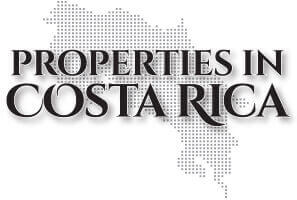Education in Costa Rica
August 6, 2013
Properties in Costa Rica
 Parents frequently ask us, “What’s the education like in Costa Rica?” It’s an important question for anyone with young children or a teenager who is considering relocation to Costa Rica. The quality and availability of education are arguably the best in Central America, and it continues to improve, albeit slowly. Here’s why…
Parents frequently ask us, “What’s the education like in Costa Rica?” It’s an important question for anyone with young children or a teenager who is considering relocation to Costa Rica. The quality and availability of education are arguably the best in Central America, and it continues to improve, albeit slowly. Here’s why…
The Costa Rican government is constitutionally obligated to use at least 6% of the country’s GDP on educational programs, and it often exceeds that number. In fact, the only countries that spend more are Norway and Saudi Arabia. In addition, Costa Rica sports the highest literacy rate in Central America at 95.8%.
Public Schooling and Universities
Public school is free and for children between the ages of 6 and 13, or 1st through 6th grade, in Costa Rica. The main observable differences are that students are required to wear a uniform, typically dark blue pants with a white or light blue shirt. Subjects include a core of Spanish, Math, History, and Science. Since 1998, English and Computer Sciences are also a standard part of the curriculum.
The Costa Rican school year begins in February and ends in December, with a two-week break in March (Holy Week) and another break in July. After kids pass their final elementary school testing, they then start a five-year stretch in colegio (aka- high school in North America and Europe).
When high school students graduate, they have an opportunity to then apply for admittance into a private universities or one of the four public universities. These institutions are still the largest and most prestigious in the country.
What Are The Negatives
In many cases the public school “negatives” (at least for parents coming from outside of Costa Rica) can be significant—many random days without class, no substitutes, a lack of books and homework, and so on. Despite the 6% of GDP the government allots to education, there are still public schools, especially in rural areas, with tight budgets. The good news is… there are an increasing number of education options in the emerging private school sector.
Multi-Cultural, Global Citizens
Moving to Costa Rica is an education unto itself, and without question the best way to add a second language in a child or an adult’s life. Immersion is key that opens the door to a more diverse linguistic and life experience.
In Part 2 of this article, we will share arguably the best educational option in Costa Rica— private school. The article also includes important information for continuing education for adults, namely… learning Spanish!
